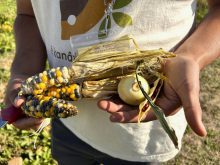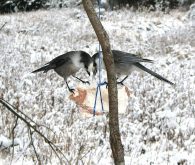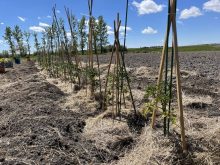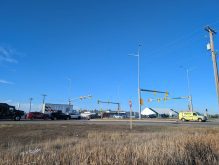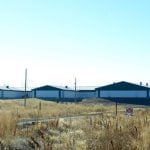An exhibit telling the story of Manitoba’s first farmers opened at the Manitoba Agricultural Museum July 25.
“When you say first farmers, a lot of the times, people immediately think European farmers,” said exhibit curator Amanda McLeod. “They don’t necessarily think of the fact that Indigenous people had agriculture for thousands of years prior to contact.”
The First Farmers exhibit sits in the Homesteaders Village portion of the museum in Austin, Man. It opened as the annual Manitoba Threshermen’s Reunion and Stampede got underway.
Read Also
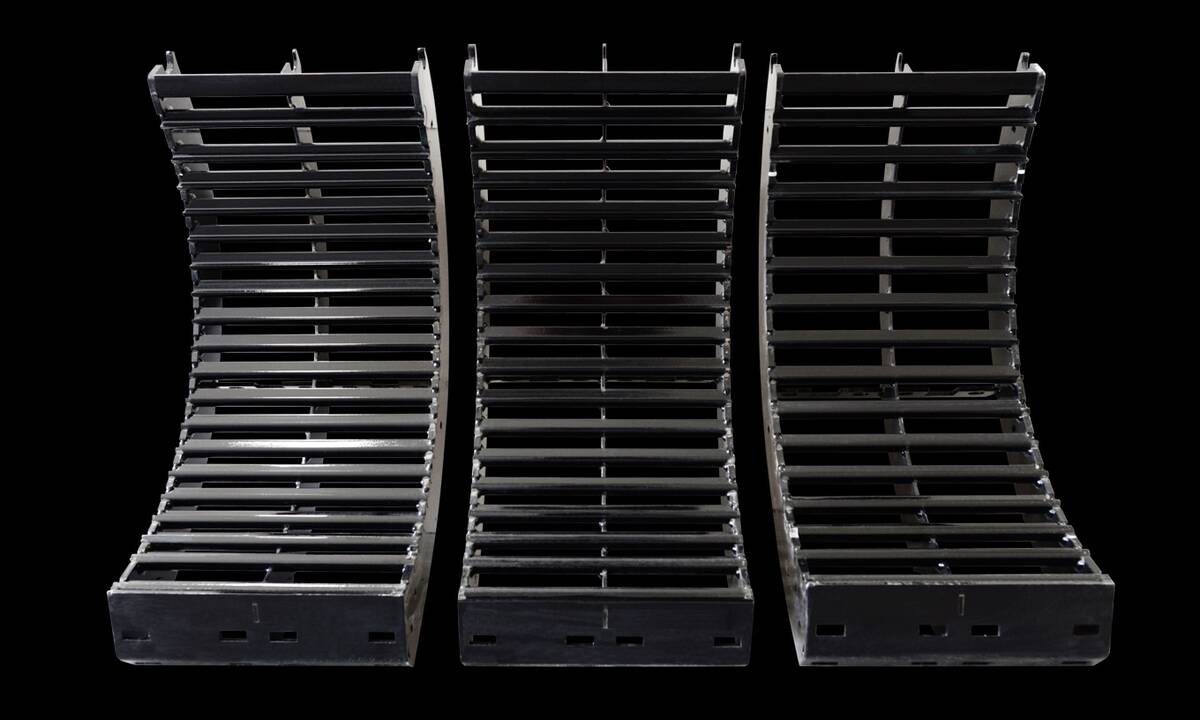
MANITOBA AG DAYS 2026: Stacked equipment category expected at Innovation Showcase
Ten of 28 Innovation Showcase entries at the Manitoba Ag Days 2026 farm show Jan. 20-22 in Brandon are in the equipment category.
Why it matters: Indigenous farmers have an important and very long history in Manitoba.
Elder Wanbdi Wakita from Sioux Valley Dakota Nation taught and told stories before saying a prayer to open the exhibit.
“This is a learning place,” he said. “It’s not only about education. It’s about wisdom. Really knowing what the connection is. How we use this land. How can we make it better.”
McLeod interviewed Wakita during her research for the exhibit. His knowledge and first-hand experience regarding the importance of corn in Indigenous communities is front and centre on one of the four, large boards; one explaining how Indigenous nations imported corn through trade networks from South America and developed hardy varieties for what’s now Manitoba.
Communities also grew potatoes, turnips, carrots, pumpkins, squash, wild rice, amaranth and many other crops.
“They had advanced technological knowledge of agricultural practices and farming,” McLeod said in an interview after the opening. She is from Sagkeeng Anicinabe Nation.
“It’s not primitive in the way that we were depicted for so long.”
Examples of Indigenous agronomic knowledge in the exhibit include polycropping practices such as the “three sisters,” in which farmers planted corn, then squash and beans once the corn sprouted. The corn formed a trellis for the beans, which added nitrogen to the soil. The leafy squash provided natural weed suppression, the exhibit says. Sunflowers were often added as a “fourth sister.”
McLeod also included an overview of the darker history of Indigenous agriculture after colonization, in which government practices restricted First Nations farmers’ ability to grow crops successfully.
“When you talk about not being successful farmers … we weren’t allowed metal tools,” McLeod said. “I wanted to put that history in there … This is something that a lot of people actually don’t realize happened.”
The pass system, which required farmers to get permission from an Indian agent to leave the reserve to market crops, also had devastating consequences. Farmers sometimes didn’t get timely permission and crops spoiled before they could be sold. Non-Indigenous people were also sometimes penalized for buying crops from First Nations farmers.
The exhibit display was installed July 24. While the plaques were in place for the opening, more components are coming, said Tricia Dyck, collections and programming manager with the museum. In the future, they hope to include more information and more displays.
“We’re very excited to be able to have a more well-rounded version of provincial agriculture here,” Dyck said in an interview earlier this month.




